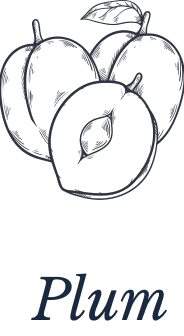the flavor profile
MOKA POT

Recommended brewing method








Brazil
Country:
Fazenda Santa Inca 157
Producer:
Natural
Processing:
86,00
SCA score:
Medium
ACIDITY:
Yellow Catucai
VARIETY:
930 - 1428
ALTITUDE:
Step-by-step instructions
Cup profile: Full body and intense flavor, usually brewed for 1-2 cups




Fill bottom part of Moka Pot with water, just keep it under the valve

Put your coffee (fine grind) in the filter to fill it completely

Screw Moka pot’s top and bottom parts tightly and put on a medium heat

As soon as you hear the hissing and gurgling sound, take the Moka pot off the heat and enjoy your coffee

HOW TO (5 min):
Customers also bought with this product
